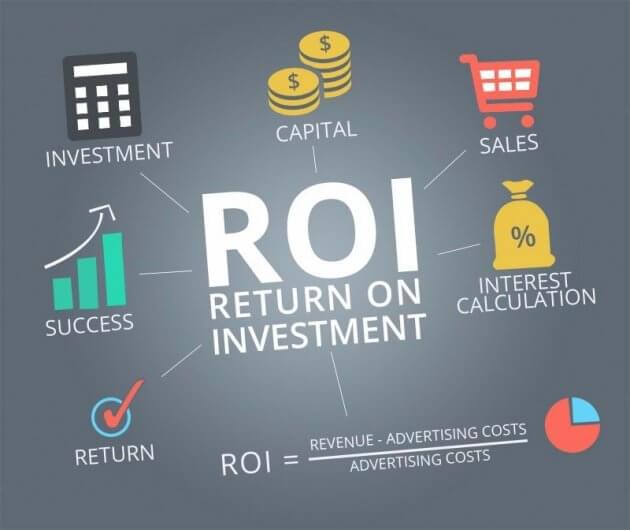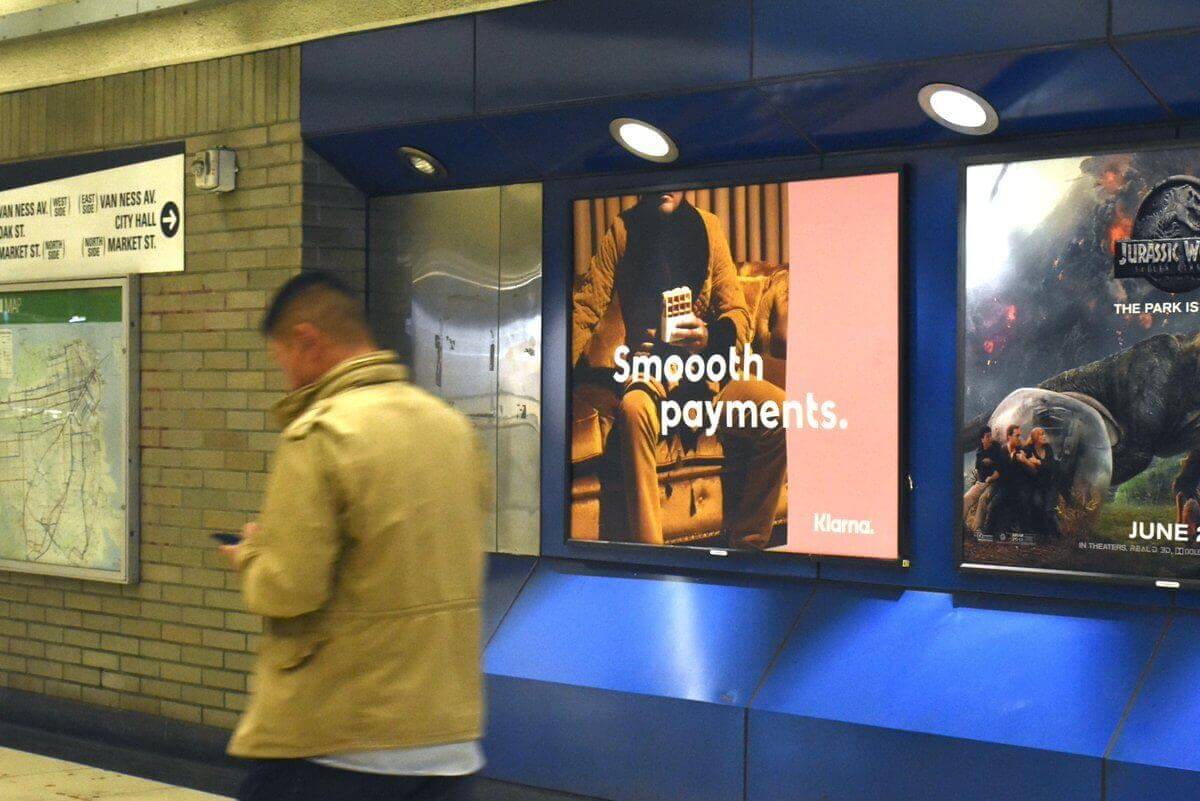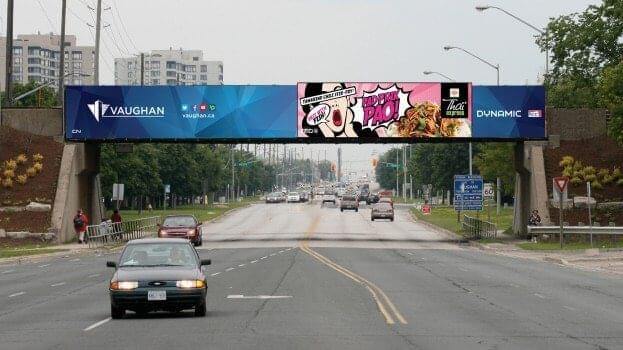
In 2017, The Outdoor Advertising Association of America (OAAA) conducted a report on the Return on Investment out-of-home advertising gives back to the advertised company. They found that for each dollar spent on OOH advertising, an average of $5.97 will be processed in product sales. Mediums such as radio, print, and digital display advertising may receive a larger amount of campaign dollars in the average media mix, but OOH advertising produces a higher ROI. This is great news for advertisers running OOH executions because they will be getting back more than they put in in terms of increased sales. Therefore, the value of the brand will be taken to higher heights. Bringing it back to the report by OAAA, OOH increases the effectiveness of a digital search by over 40 percent and print by over 14 percent. In general, OOH delivers linear incremental returns which have been consistent with the growth of ROI.
Let’s break down how ROI works for advertisers, how to measure it, and why billboards in OOH are delivering for both consumers and advertisers.
How ROI Works
In simple terms, Return on Investment is the financial benefit received from an investment. It’s a measure of what you get back from what you put in. It’s important to strive for a high ROI, which can be calculated through using a ratio and dividing the gain earned from the investment by the investment amount. Here’s an example from Randy Duermyer, representing the balance small business, using a real calculation to determine a ROI, “if you spend $1,000 per month for Pay Per Click (PPC) advertising and generate $2,000 in revenues directly from your PPC campaign, you divide $2,000 by $1,000 to get $2. The ROI would then be $2 or 2 to 1. In other words, for every $1 you spend on PPC ads, you earn $2.” (Duermyer 2018). It’s important to measure the ROI in all marketing efforts, so you can effectively spend your time and money on activities that make you more money.

Why ROI is Important
If an advertisement isn’t generating any profit, then you’re losing money. Plain and simple. If this is happening then you would need to take the necessary steps to make changes in order to improve your ROI or scrap it and start from scratch. A helpful tip to increase your ROI is to use OOH tactics to help boost sales. As was revealed in the first paragraph, for every OOH ad dollar spent an average of $5.97 will be returned. ROI can be measured in time you spend working, as well. No one would want to work 65 hours a week at $12.50 an hour when you could work for half the time and make more per hour. ROI is not a fixed variable, however it is an accurate way of measuring advertising success.
Some Challenges in ROI
If you are using Search Engine Optimization (SEO) or social media to measure how well your ad is doing, then it’s harder to determine ROI because of other factors that may have lead to increased traffic. It can be difficult to know if clicks from social media led to sales of the product. Free promotional activity and OOH advertising provides the tools that are much easier at calculating ROI because it involves marketing that involves the personal investment of time, which has a financial value, that is used to determine the ROI. When OOH is used in an advertiser’s media mix, it has been proven true that their sales and brand awareness grow (Freitas 2017).

They can’t be put down or clicked away by an exit button! In America, the average number of minutes people spend in their cars every year is 17,600. This comes to about 293 hours annually. The average person drives between 31.5 and 26.2 miles per day, seasonally affected. Given this data, of course people are bound to be looking out of their windows at OOH billboards distracting them from their tedious drives. A company called Arbitron conducted a survey that took a look at levels of engagement for billboard advertising. They discovered that two-thirds of respondents reported seeing a billboard in the past month, 80% of billboard viewers looked at the message some of the time, 50% looked at the message all of the time, and 66% of bus and taxi riders said they’ve seen billboards during the month. Bus and taxi riders being aware of billboards is important to note because, as passengers, they aren’t just looking down at their phones, they’re looking up at advertisements.

Why People Notice Billboards
Three main reasons why people notice billboards are as follows:
1. Captive Audience – you can’t block out OOH ads from a driver’s line of vision
2. Relevancy – billboards deliver informative, pertinent content
3. Creativity – witty, imaginative scenarios depicted on billboards peak driver interest

Given this information about the high give back in ROI to advertisers using OOH measures, how ROI works and how it can be calculated, as well as the advantages of billboards, it is beneficial to know that $5.97 is earned for every dollar spent on an OOH. Knowing this, more advertisers and product companies should put OOH plans into place- their payoff will be sweet!
References:
Duermyer, Randy (22 October 2018). What is Return on Investment (ROI)? the balance small business. Retrieved from: https://www.thebalancesmb.com/roi-return-on-investment-1794432
Freitas, Stephen (16 May 2017). New Study: Out of Home Advertising Delivers $5.97 in Revenue ROI. Out of Home Advertising Association of America. Retrieved from: https://oaaa.org/StayConnected/PressReleases/tabid/327/id/4923/Default.aspx


